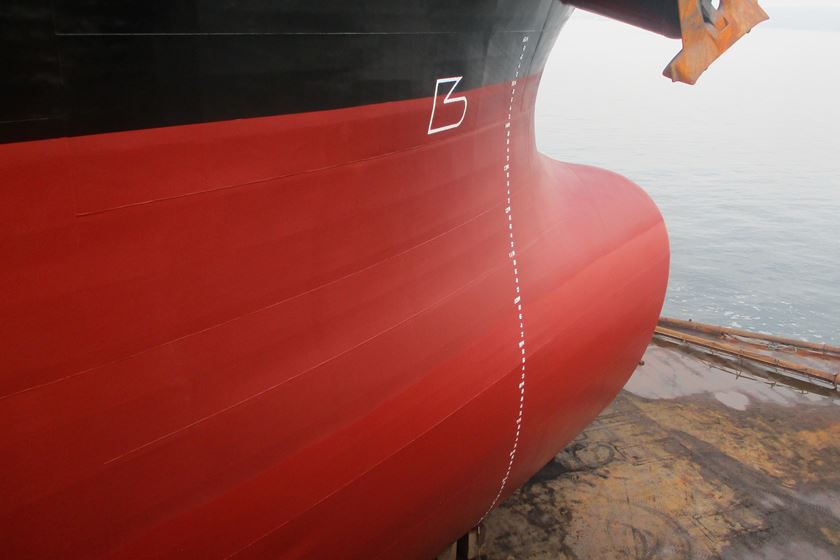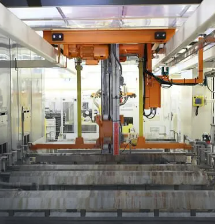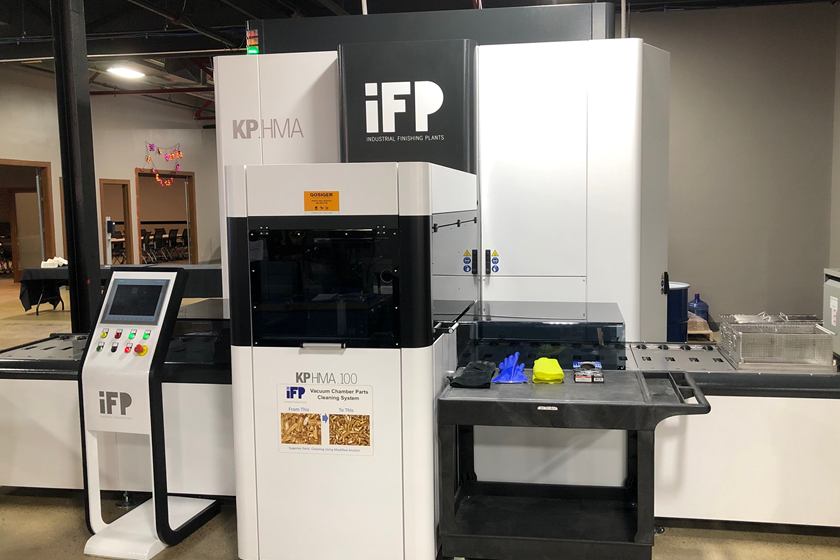Non-Electrolytically Applied Zinc Coat
Q. I recently received General Motors specification GMW3359 for non-electrolytically applied zinc-rich coating. Can you give me more information about this process?
#automotive
Q. I recently received General Motors specification GMW3359 for non-electrolytically applied zinc-rich coating. Can you give me more information about this process? V.D.
A. In its most basic form, the non-electrolytic application of zinc to surfaces is an older process that many electroplaters seem to know very little about. In the early days, the term “mechanical plating” was used to describe this process, and it is still used by many people. It involves tumbling parts with a mixture of water, metal powder, some type of media and additives. The metal is mechanically welded to a part. The process is also called peen plating, mechanical deposition or impact plating. It works well with smaller parts and parts with threads.
The General Motors specification describes its standards for this particular type of process. I should also add that this has been in ongoing area of development and newer versions of this basic process are available commercially.
RELATED CONTENT
-
Electroless Nickel Plating Formulation For Automotive And Mechanical Parts
Electro less plating processes are considered to be much convenient, cheaper and best for deposition on parts with lot of holes, cleavages, bents, curves, abnormal shapes, threading etc., effectively and economically.
-
Henry Ford Is Still Right When It Comes to Color
Who would have imagined that more than 100 years after his famous statement about any color as long as it’s black would still have relevance of a sort?
-
Five Principles of Lean Manufacturing from Toyota Production Systems
Fostering Sustainable business and People success through new ways of thinking
















